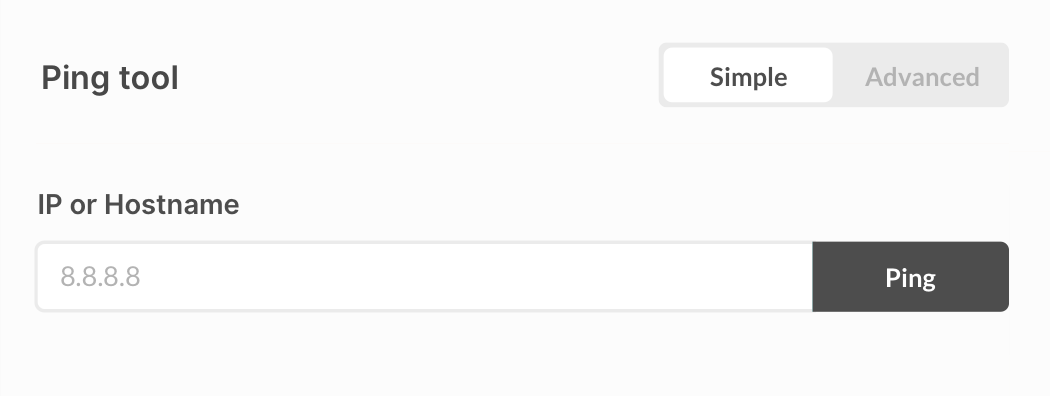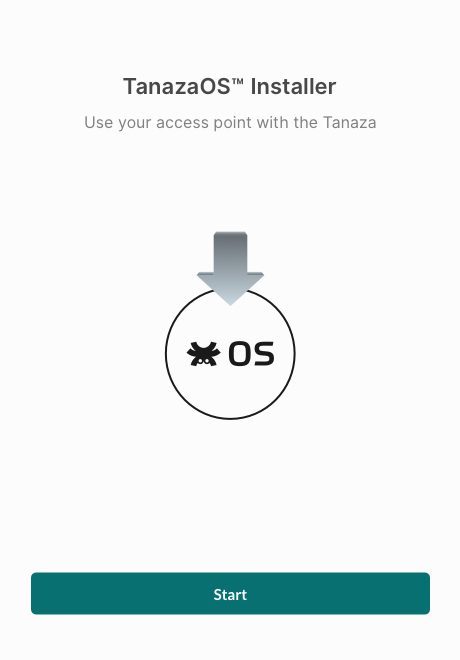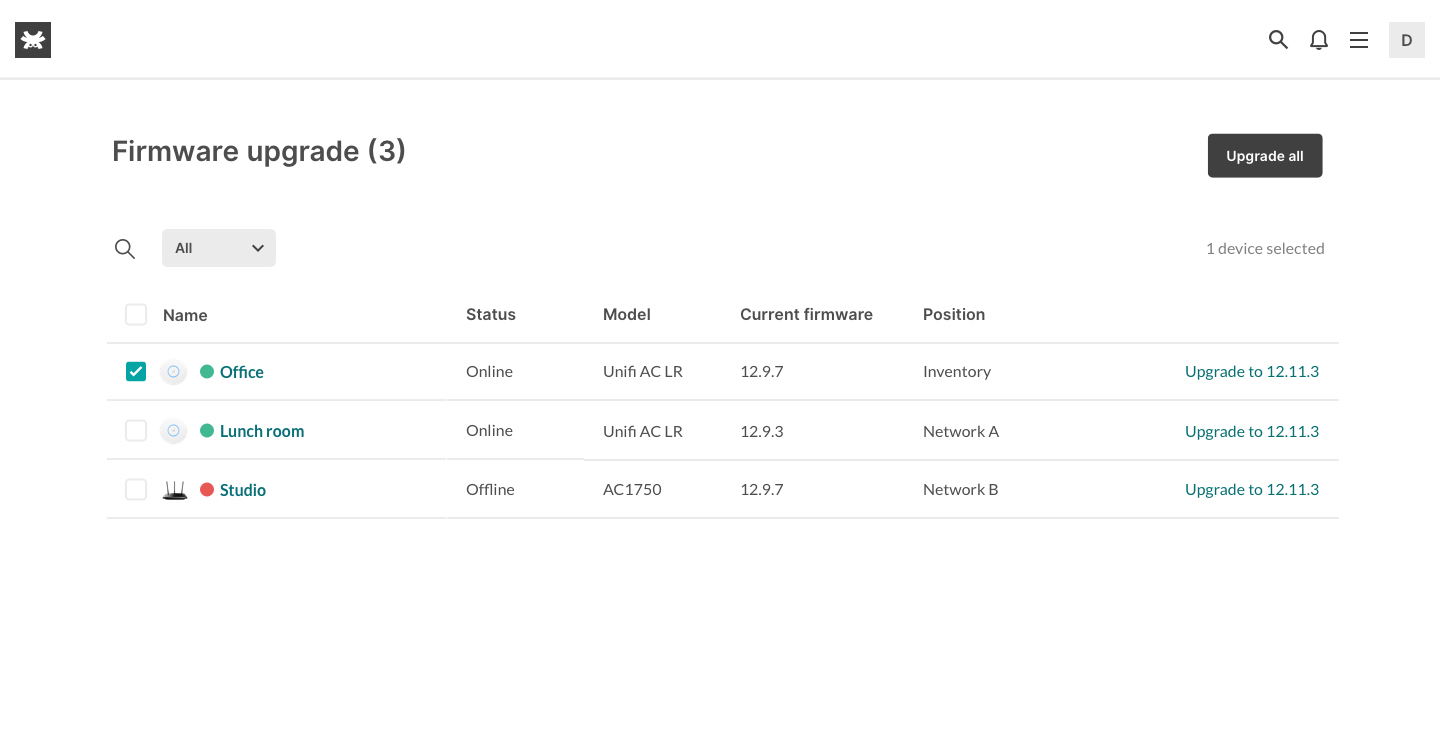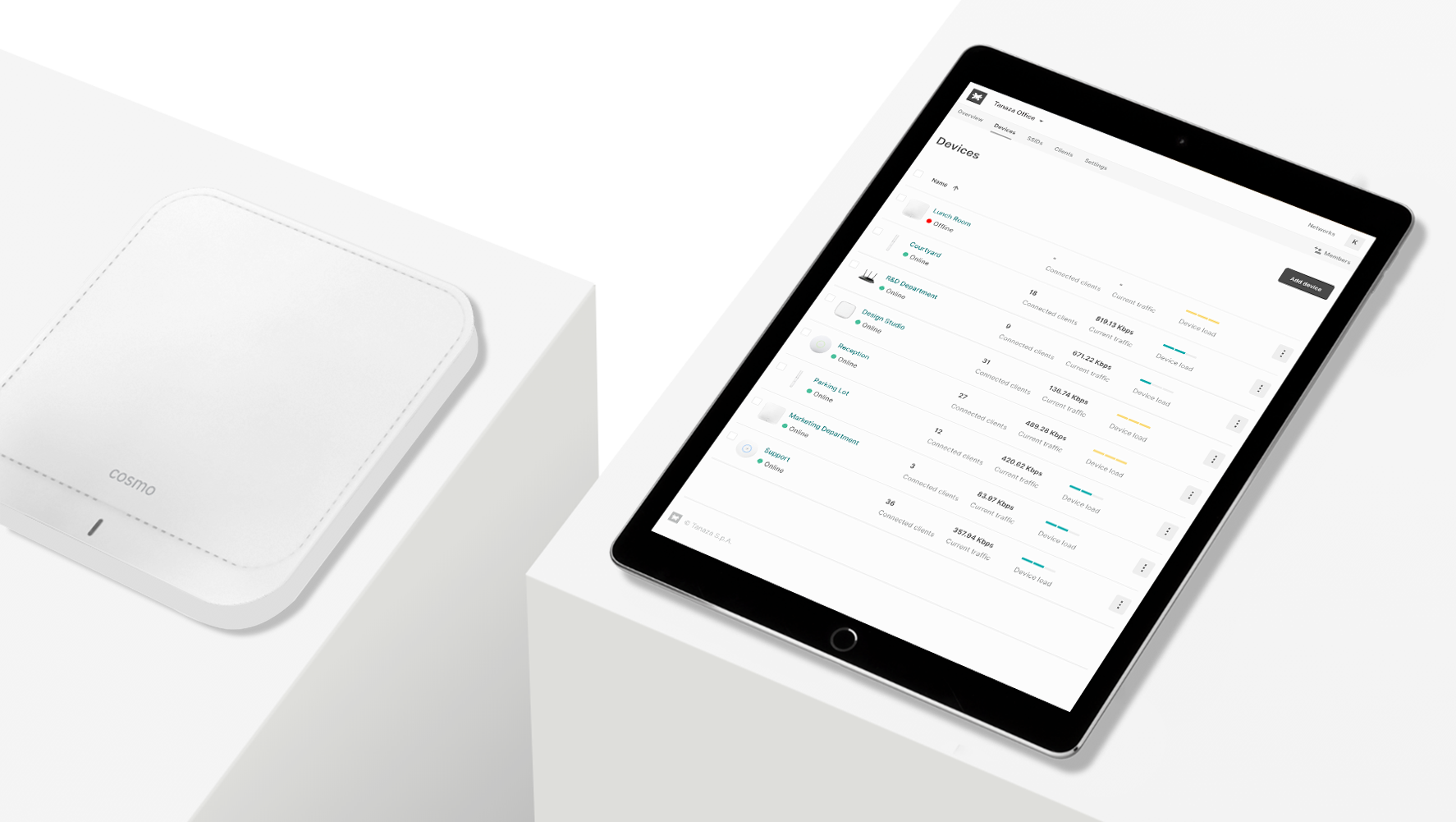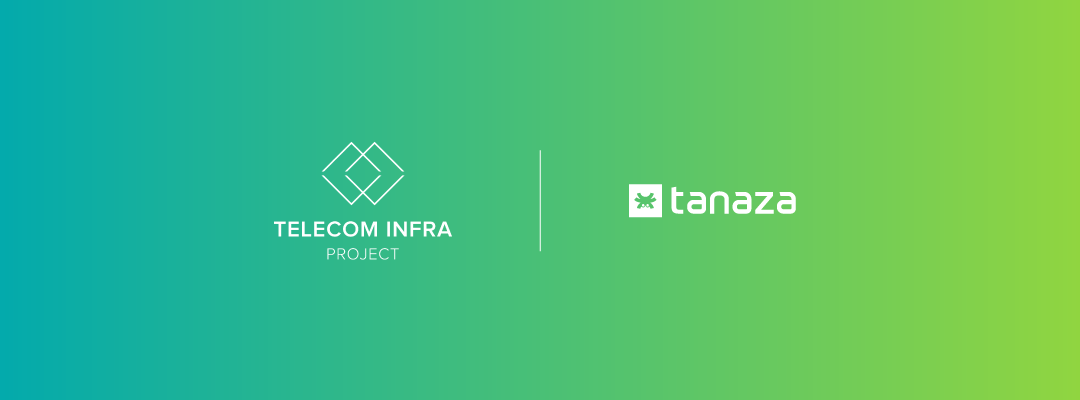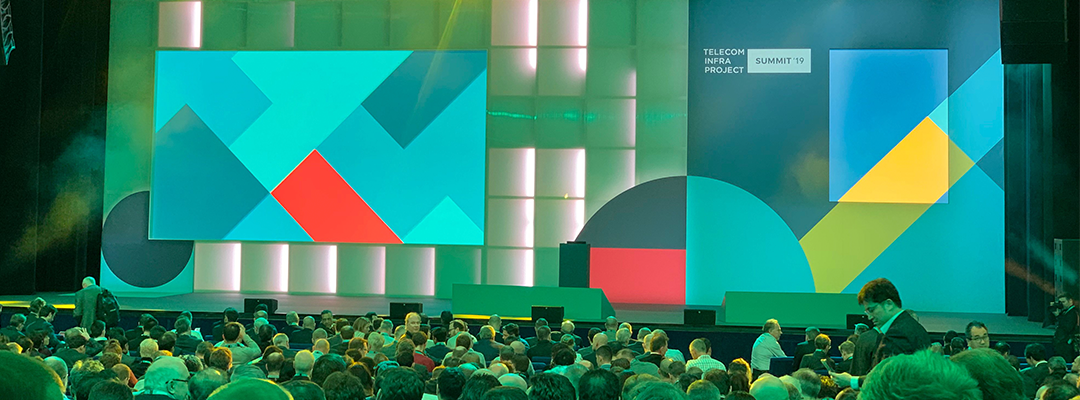FOSDEM 2020 – What did our Developers Learn?
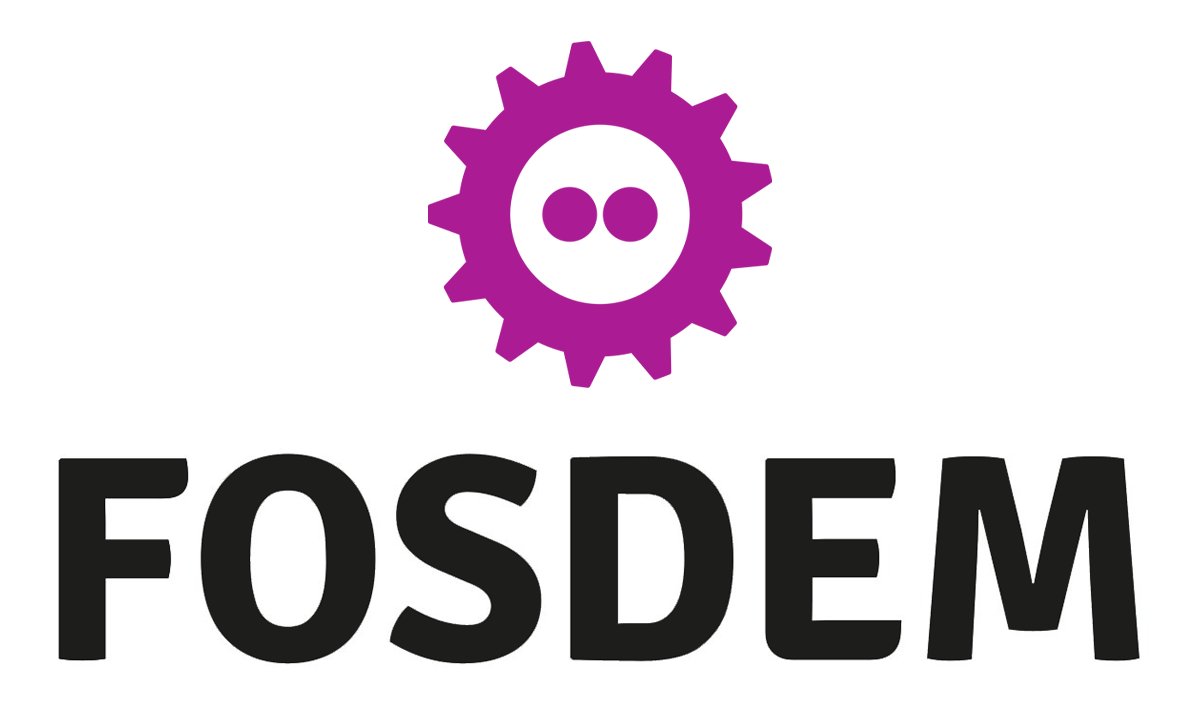
FOSDEM 2020 – What did our Developers Learn?
Press play to listen to the article.
–
FOSDEM stands for Free and Open Source Developers’ European Meeting. It is one of the most significant events for Open Source communities in Europe.
Every year, thousands of software developers meet in Brussels to share ideas and collaborate at the event. The aim of it is to promote the public use of free and open-source software.
The European gathering of open source enthusiasts took place in Brussels two weekends ago. For the fourth time, our team had the chance to take part in the FOSDEM 2020 event, which featured 841 speakers, 873 events, and 71 tracks. From all lectures and conversations with fellow developers from around the world about freedom, sharing, and open collaboration. Here’s what they learned at the FOSDEM 2020 event.
The most exceptional talks at FOSDEM 2020
Talk: Pushing the limits of the web with WebAssembly
Jon Lopez Garcia delivered a brilliant talk about pushing the limits of the web with WebAssembly. He journeyed back in time to highlight how Safari, Chrome, Firefox, and Edge have worked tirelessly to push the boundaries and performance of apps. Thanks to their hard work in implementing the new binary standard, WebAssembly came on the scene to allow the execution in the browser of software at almost native speed.
In his session, Jon explained how current browsers are striving to optimize the performance of JavaScript code. The leading browsers implemented a lot of smart tricks to avoid the recompilation of JavaScript pieces of code to increase overall performance. However, this is a limitation to current solutions because JavaScript is not strongly typed by design.
Among the benefits Jon highlighted, the most memorable one was about delivering a pre-compiled part of the code. For fellow developers, this helps to enhance their applications’ performances significantly, while providing an astonishing UX to their customers. We might be able to implement it and increase the performance of the CPU’s most intensive activities on the Tanaza’s platform.
Talk: IoT Updates with IPv6 Multicast
Brett Sheffield addressed IoT Updates with IPv6 Multicast in his presentation. He questioned the fact if we could update a billion IoT nodes from just one tiny virtual server. In reality, it is possible!
With IPv6 Multicast, we can send our updates to potentially billions of devices using just a single stream of information. It’s like yelling instead of knocking door by door if we compare it to the traditional approach of updating the nodes one by one. Resources can be considerably cut, that’s for sure.
However, there are some drawbacks. We cannot rely anymore on the inherent properties of traditional unicast approaches like transmission reliability, in-order delivery, and flow control. Nonetheless, Brett showed some tricks on how to achieve the same features also with the IPv6 multicast approach. He also demonstrated how efficient and handy multicast can be when updating IoT nodes, all packed in a (still experimental) open-source library.
Talk: Falco Internals 101: Syscalls processing for security analysis
Robin Marx discussed how browsers try to guess in which order the web page resources should be loaded, comparing the heuristics of the main current browsers. Also, how servers use that information to often (accidentally) make your website slower instead.
He showed how HTTP/2 stacks implement prioritization, comparing it to the new HTTP/3 and QUIC approach. He also emphasized on the remaining challenges, even with the new approach.
With QUIC, the main TCP layer problem “head of line blocking” is solved, as QUIC can identify different streams in the transport layer. So, in a round-robin approach to resource delivery, QUIC is much more efficient.
Still, it is also true that practical tests showed that sequential resource delivery usually performs much better. Hence, QUIC would behave as TCP and thus have the same performance.
Yet, some challenges remain, for instance, the separation of priority between browser, server, and transport layer. This causes difficulties for web developers to make a web-app load precisely as it would be expected on every browser. The fact that new protocols and approaches will have a way of specifying the priority, might allow them to deliver more performing web resources at the same time.
For web developers, it is a game-changer to understand how prioritization works. It helps them to leverage some existing options to impact the browser’s heuristics and server behavior. At the same time, it helps to empower the user experience.
Talk: How Yocto extra tools help industrial project
Pierre Ficheux delivered a talk about Yocto, the most famous building system for embedded Linux. Yocto is an open-source project to create custom Linux-based systems regardless of the hardware architecture. Currently, 22 organizations are collaborating with the Linux Foundation, including OpenEmbedded.
In the eyes of Pierre, Yocto, a system written in python (BitBake), is extremely powerful. However, it needs some training, mostly text mode, as it has poor GUI.
During his conference, Pierre explained how to use some Yocto features to help the development of a free industrial project. As simple as it sounds, Yocto works perfectly for creating a custom Linux distribution for embedded devices.
Pierre also discussed how valuable are the eSDK (extended cross-toolchain), Ptest, and Testimage (CI), Devtool, and Devshell (recipe modification) to speed up the development process. With these tools, programmers can quickly develop and test the distribution instead of doing it manually. In this way, it is also possible to automate CI workflows to increase product quality.
#Conclusion
Our developers say. On many aspects, FOSDEM is, above all, a social event. After attending FOSDEM for many years, we think the whole point of this event is for people to share their free, open-source projects with other like minded people.
Lots of communities take the opportunity to organize influential sessions and meetings to choose the right path for their next project. For our team, it was also the occasion to get acquainted with fellow developers, to explain our projects and initiatives to others, and get back home with a sack of new knowledge.
Tanaza is always keeping the R&D team up to date with the latest trends in technology to improve their day-to-day job. The R&D team keeps growing in number to develop the coolest features, test and debug our platform. All of these, to always offer a competitive product for our customers.
Now is the best time to join our company and be part of our project. If you would like to know more about opportunities to develop and grow in your career, see the job openings at Tanaza.



